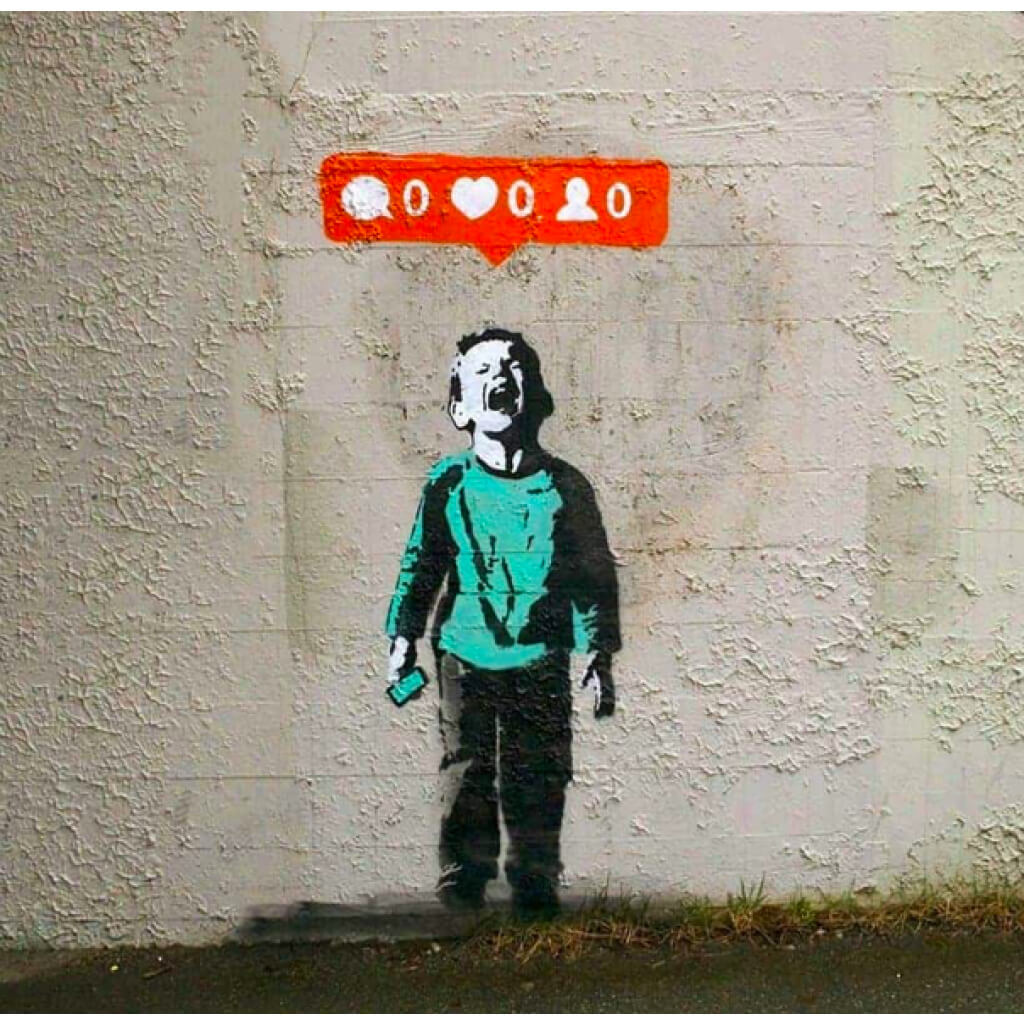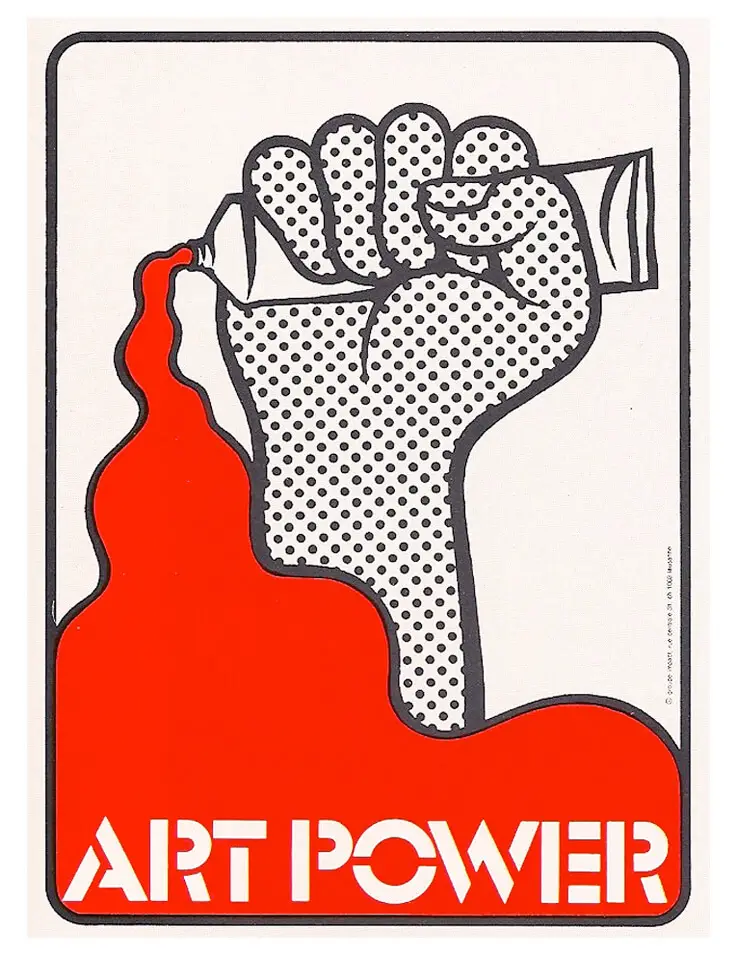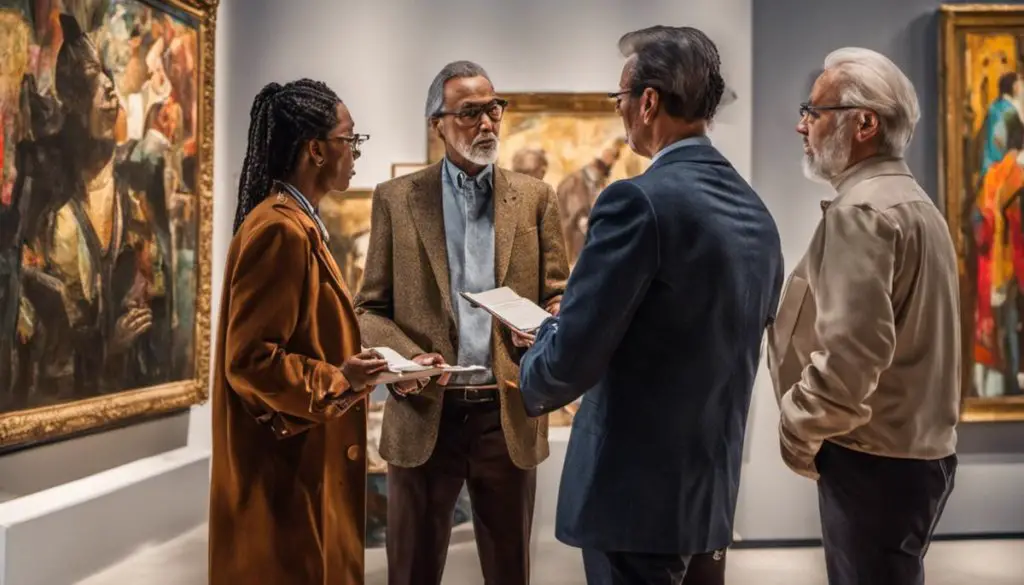Art and Social Media

The art world has changed dramatically in the digital age, with social media platforms acting as a virtual canvas on which artists can present their works to a large audience. Social media’s introduction has completely changed how art is shared, valued, and discussed. In this investigation, we examine how social media has had a profound effect on the world of art, looking at how it has both evolved into a venue for artistic expression and a place rife with difficulties.
Creative Exhibition: The Online Gallery
The limitations of physical space have been eliminated by social media platforms, giving artists access to a huge virtual gallery to display their work. Artists can now share their works with audiences across continents, regardless of their location or racial or ethnic background. Due to the democratisation of exposure, up-and-coming artists are now able to receive the respect and admiration that had previously been reserved for established artists with access to conventional galleries.
Global Presence and Audience Participation
Social media’s ability to cross geographical boundaries is what gives it its power. Audiences from various ages, professions, and cultures can relate to artists. It is possible for artists to directly communicate their ideas to viewers on visual platforms like Instagram and Pinterest, starting conversations that cut across linguistic and cultural boundaries. These platforms’ interactive features encourage interaction and enable artists to get immediate feedback in the form of likes, comments, and shares.
Developing Creative Communities
Online artistic communities are thriving thanks to the digital era. The ability to connect with other artists who share their passion for creativity has given artists the chance to form networks that celebrate their shared passion. These groups provide a forum for discussing ideas, methods, and individual experiences. These connections give rise to collaborative tasks, contests, and online exhibitions that demonstrate the collaborative potential of the digital art community.
The difficulties of the digital age
The digital sphere does, however, present important difficulties. Social media platforms’ virtual nature can raise questions about authenticity because a work of art’s digital representation might not accurately reflect its context or physical presence. The threat of copyright violations and digital theft to artists’ intellectual property rights also highlights the need for strong legal safeguards in the online sphere.
The Adaptability of Criticism and Validation
Social media’s culture of instant feedback has altered how artists view their work and the creative process. The desire for likes and shares can have an impact on an artist’s choices, possibly leading them to produce content that is more in line with platform algorithms than with their true creative voice. Maintaining authenticity while navigating the allure of trends and virality is the challenge.
Personal branding and artistic identity must be balanced
Artists must carefully balance their personal branding on social media with their genuine artistic expression. An artist’s distinctive voice may occasionally be diluted by the pressure to adapt to the preferences of online audiences. It takes reflection and careful planning to strike a balance between producing content that appeals to viewers and staying true to one’s artistic vision.
Moral and emotional health
An artist’s emotional health is impacted by the praise and criticism that come with sharing their work on social media. Positive or negative feedback can take an emotional toll on an artist’s confidence and mental health. It’s difficult to control online interactions, deal with negativity, and prioritise mental health in a culture where people are constantly looking for approval.
Art’s Role in Social Media’s Future
The interaction between art and social media will develop further in the future. As a result of inventive collaborations between platforms, artists, and AI, technological advancements may open up new avenues for artistic expression. Artists will need to adapt to shifting algorithms, explore new formats, and find creative ways to engage audiences while maintaining their creative integrity as the digital landscape becomes more complex.
The symbiotic relationship between social media and art has changed how we view, engage with, and consume creativity. In navigating this digital canvas, artists come into contact with both limitless opportunities and complex challenges. Artists must strike a delicate balance between embracing the possibilities of the digital age and preserving the authenticity of their artistic journey in a world where every like, comment, and share has meaning. The investigation of art and social media remains an ongoing dialogue that shapes the very essence of contemporary artistic expression as the art world develops in the digital age.
Recommend0 recommendationsPublished in Blogs







